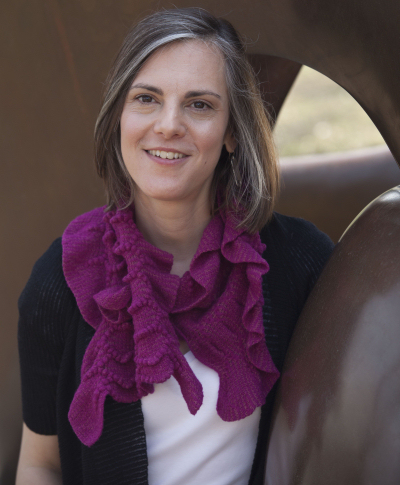|
Edited
by Frank R. Shaw, FSA Scot, Dawsonville, GA, USA
Email:
jurascot@earthlink.net
Reviewed by Frank R. Shaw, FSA Scot.
A HIGHLANDER AND HIS BOOKS

Harvard Professor Leah Price
 I
was introduced to the writings of Leah Price by Jessica Pellien, Assistant
Director of Publicity for Princeton University Press, and soon I was into a
tremendous volume about books and authors and the things they wrote. Books
have always fascinated me and this one in particular has me still talking
about it. Basically it is a brief history of books during a certain era in
our history. I learned right away that How to do Things with Books is
not one for everyone. Actually, it is a great book for scholars of the
Victorian era since Ms. Price writes of incidents in literature that make
one assume you know what she is referring to. It is an excellent book for
those who teach in that special era of a Queen whose influence was as vast
as her worldwide empire. Leah Price writes remarkably well, and it only
takes a few pages for one to realize she is not a novice trying to write her
first bestseller. She has “been there and done that”! I
was introduced to the writings of Leah Price by Jessica Pellien, Assistant
Director of Publicity for Princeton University Press, and soon I was into a
tremendous volume about books and authors and the things they wrote. Books
have always fascinated me and this one in particular has me still talking
about it. Basically it is a brief history of books during a certain era in
our history. I learned right away that How to do Things with Books is
not one for everyone. Actually, it is a great book for scholars of the
Victorian era since Ms. Price writes of incidents in literature that make
one assume you know what she is referring to. It is an excellent book for
those who teach in that special era of a Queen whose influence was as vast
as her worldwide empire. Leah Price writes remarkably well, and it only
takes a few pages for one to realize she is not a novice trying to write her
first bestseller. She has “been there and done that”!
You will find this to be true in this publication on books
concerning Victorian Britain and will marvel at how Price makes this one so
interesting to read. Naturally, there is reference to the beloved
coffee-table books of years gone by. Some exceptional stories accompany the
pages of her book as she breathes life into them with their telling. It is
the “hidden lives” of these books that will tweak your interest. I found it
amusing that the author reveals to us that wives hid behind books in the
presence of husbands and husbands did the same with the daily newspaper.
What a great way to start the day! Her humor throughout the book is rampant
and enjoyable.
Newspapers were used as fish wrappers in the Victorian days
just as our fishmonger did over 60 years ago in my small South Carolina
hometown when “fresh fish” arrived on Thursday, having been trucked into
town for the weekend. I smiled at the thought of books being used as
doorstops as they were in Victorian Britain. I also found of special
interest the account of books being made from pulp turned into paper and no
longer made from rags or cloth. Yes, you heard right…rags and cloth.
Professor Price has hunted down many ways books were used that you and I
could never imagine.
Be wise
for once in your life and pay attention to the last 87 pages of the book.
You will make a mistake if you put it down when you finish the last chapter.
If you do, you will commit a boo-boo like the vast majority of movie goers
who spring from their seats when The End appears on the screen or the
credits begin to roll. They bolt for the door as if someone shouted “Fire!”
The Notes for the chapters are full of “highlight” material,
the kind you will be tempted to use in speeches. The Works Cited
are so numerous that they border on putting Shakespeare and Company out of
business. And yes, the Index is a library within itself!
It is unusual to end a book review talking about notes, book references
and the index, but I do because these last pages are that important. They
speak to me in an age where some authors stutter and stammer and rush
through their resources as if they want you to think they wrote their books
without standing on the shoulders of others – past and present. Leah Price
did her homework and produced a most unusual book, one not to be taken
lightly! She has all the tools of a great writer and
How to
do Things with Books in Victorian Britain
proves it! (FRS:
7.12.12) |

